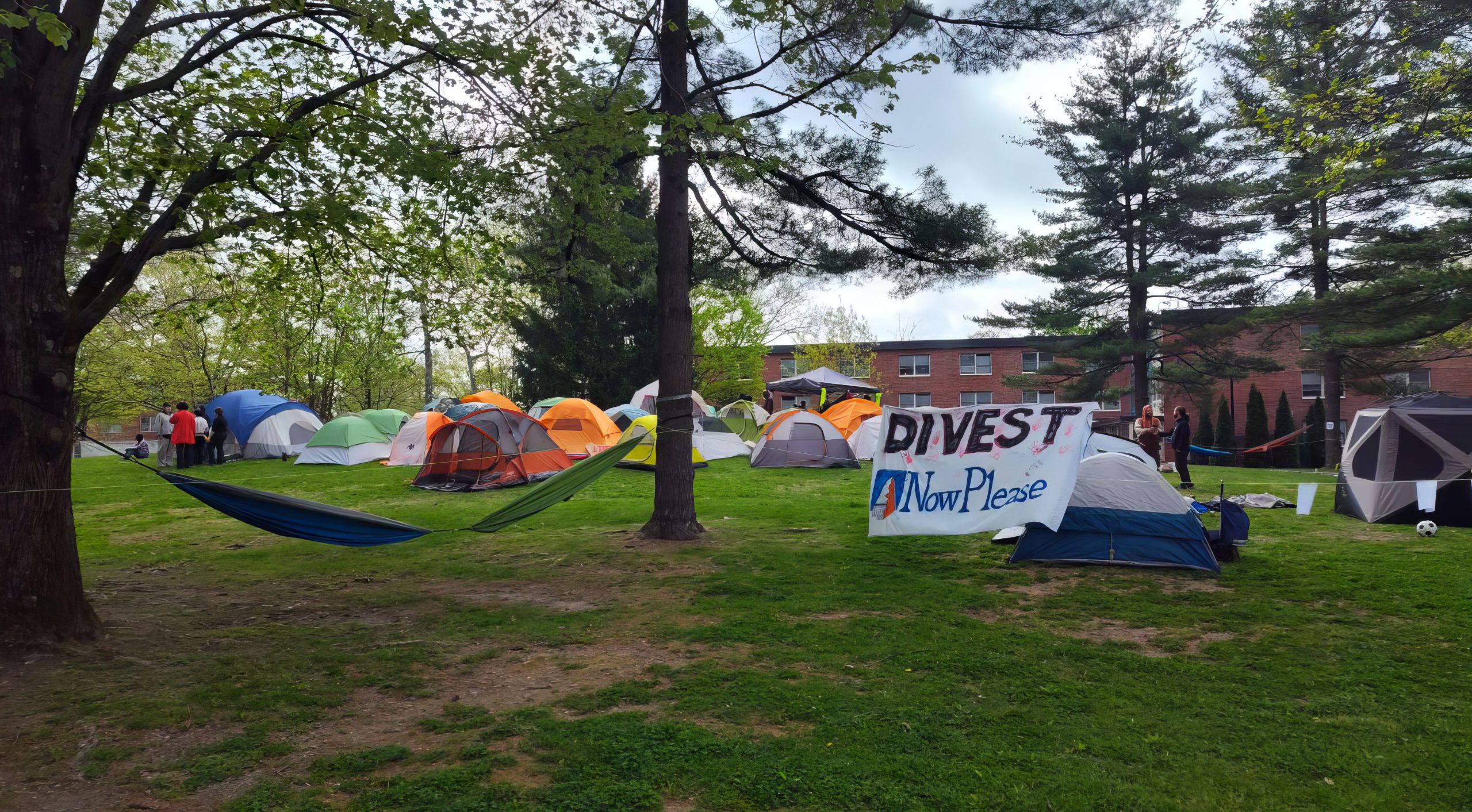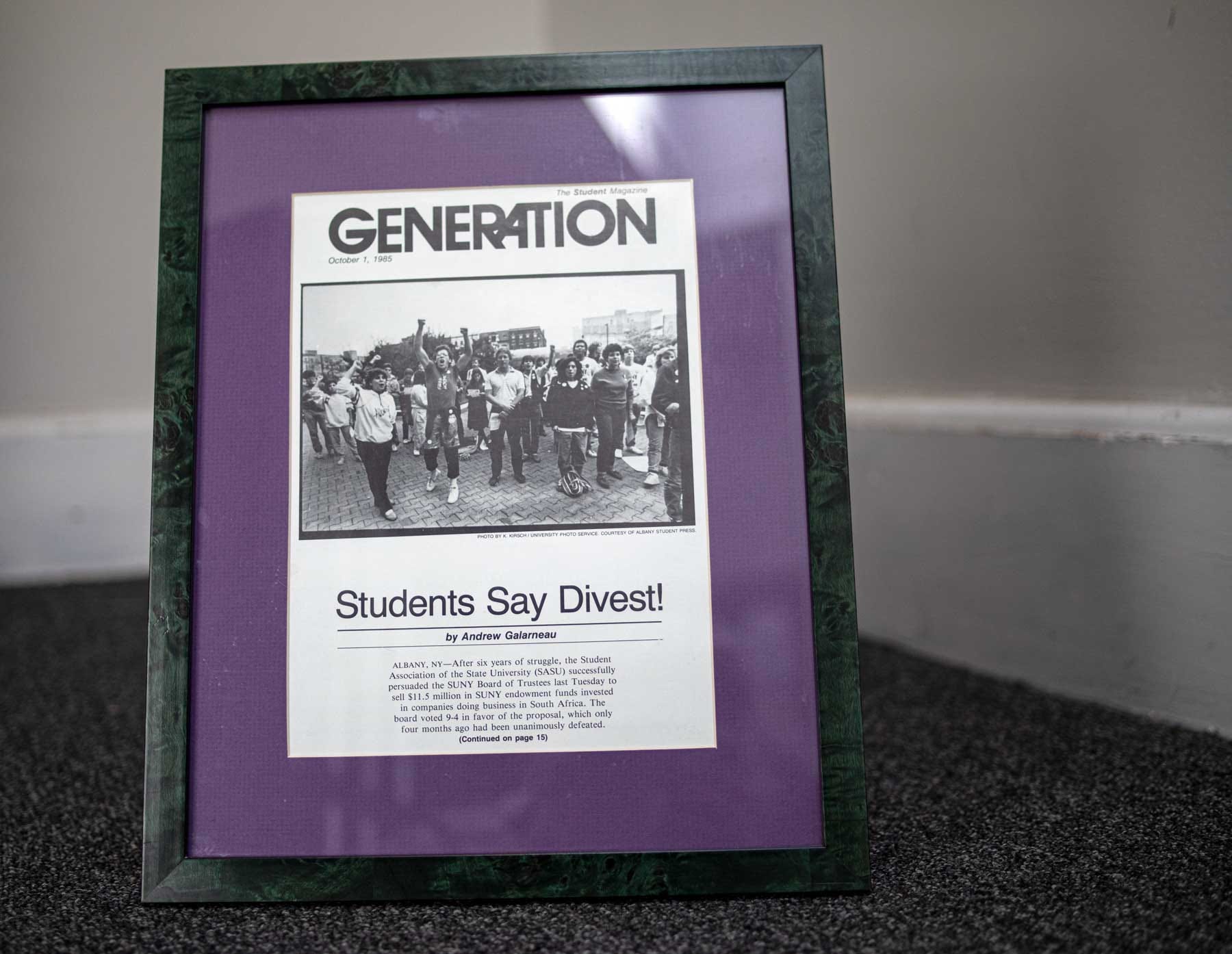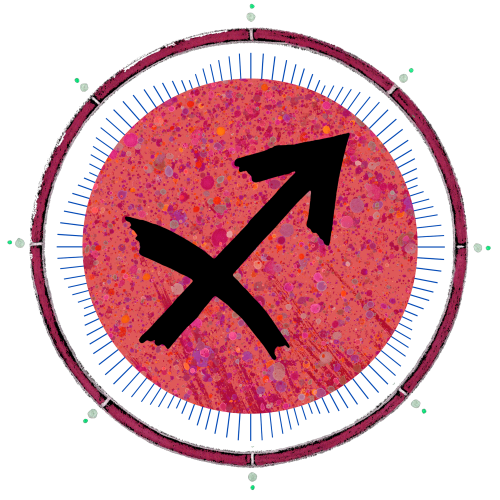
Dear Friend and Reader:
FOR THE FIRST TIME in many years, antiwar protests have spread among college and university campuses in the United States. I don’t remember this happening in all the time I’ve been covering student activism in all of its forms since around 1983.
In that era, there were anti-apartheid protests, though they were limited in scope and focused on specific targets like boards of trustees, who controlled where universities invested. This also worked with towns, cities, states and corporations.
And we are seeing them again — only being sold with a spin. Pres. Biden Thursday morning fully endorsed a crackdown against the “violent extremists pushing anti Semitism and foreign ideologies.”
Planet Waves has visited three of these protests, at Columbia University — the epicenter — as well as a state school called the Fashion Institute of Technology in Manhattan, and at SUNY New Paltz, an upstate campus. This article contains reports from all three.

Your Minute of History
But first, a minute of history. To have nationwide protests on U.S. campuses is highly unusual.
There have been student protests that swept across specific systems, like the tuition hike rebellion at the City University of New York (CUNY) in April 1991. But that was confined to one system; even though upstate campuses in the State University faced the same tuition hikes, there were nearly no objections there. The Occupy Wall Street movement of 2011 partly involved campuses, but mostly it was conducted in city centers.
So this is a highly unusual turn of events, and may be the first nationwide (specifically) student uprising since the spring of 1970. The murder of four students at Kent State University in Ohio on May 4, 1970 made campus protests seem like a not-so-appealing idea — that was the point.
On Friday’s Planet Waves FM, my guest will be Laurel Krause, whose sister Allison was one of the four students shot and killed that day.



